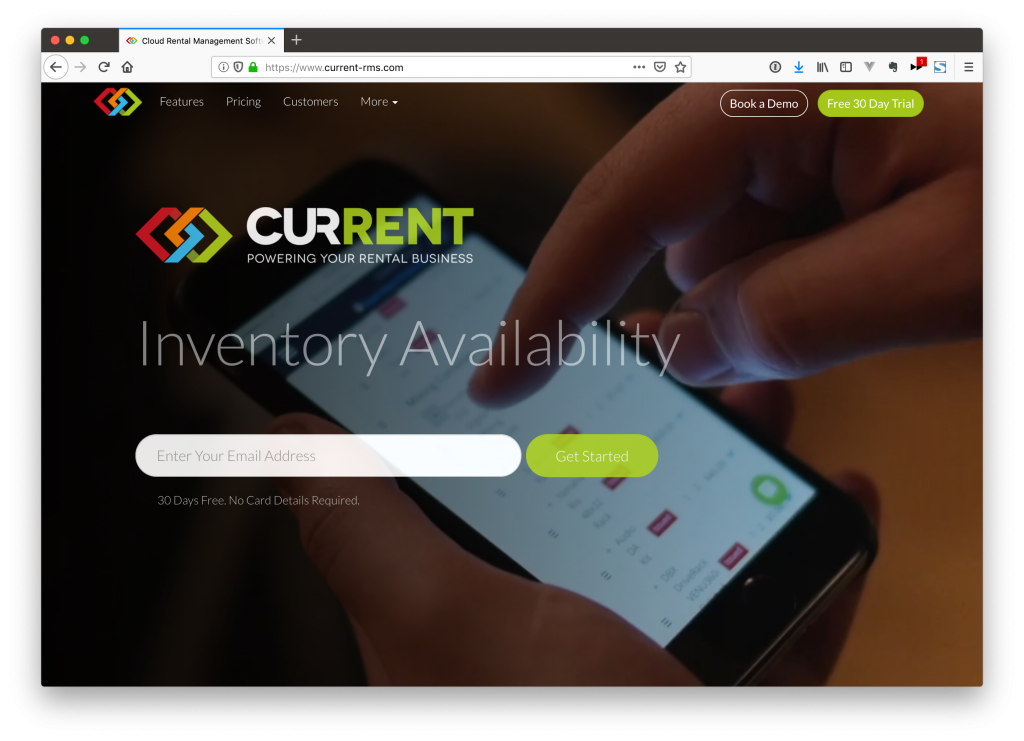WP Rocket is a great, paid-for module for improving the performance of WordPress. Their Lazy Load module improves perfomance further by online preloading images above the page fold.
(more…)How to share contacts between Current RMS and Pipedrive
Current RMS is a great Rental Management System (RMS) providing all the tools needed to run a product rental business, including inventory management, invoicing, reporting and Customer Relationship Management (CRM). It also has an awesome API for building integrations with other systems.

Whilst it is a one-stop shop for rental management, features such as the CRM don’t provide the breadth of functional as dedicated systems. Eventually, you may find yourself wanting to use a separate CRM such as Pipedrive.
(more…)BDD with Visual Studio – part 2: First scenario and first test
In this second part of this series, we look at creating a first scenario and step definitions.
BDD in Visual Studio – part 1: introduction
As a natural extension of Test Driven Development (TDD), BDD takes things a stage further.
TDD focuses on the use of Unit Tests to drive out a specification for your code and to guide your development. The nature of unit tests means that they are mainly practical for use by developers and, as the name suggests, only for unit testing.
(more…)A guide to SRP, Open/Closed, Dependency Injection, Interfaces, Unit Testing and Mocks
This video is a guide for developers to help them understand what changes need to be made to code to make it testable and sustainable. It uses parts of the SOLID principles to refine an example class.
Topics covered:
- Single Responsibility Principle (SRP)
- Open/Closed principle
- Dependency Injection
- Interfaces
- Unit Testing
- Mocks
Geospatial search using MongoDB and PHP
A short tutorial showing how to use MongoDB to create a geospatial index.

